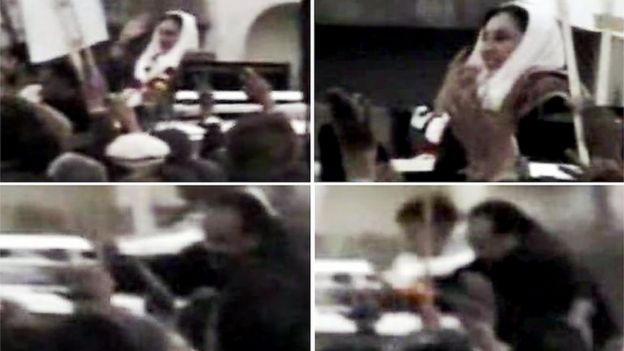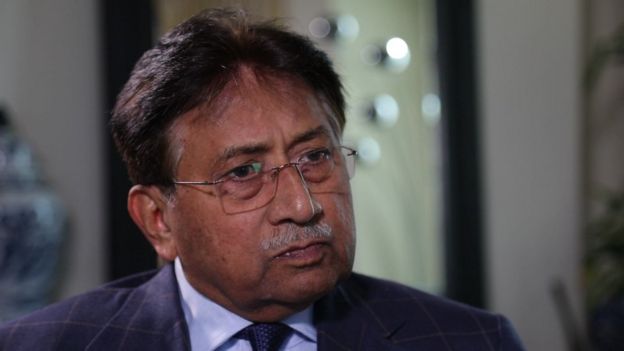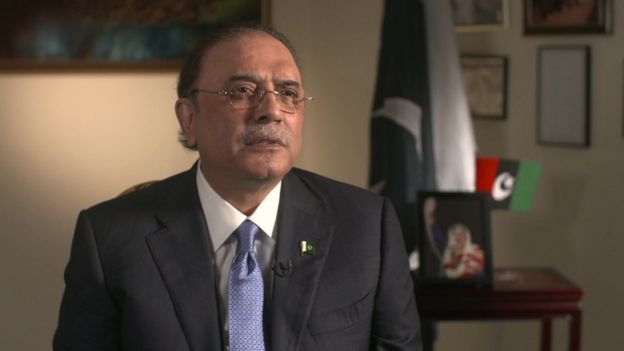The assassination of Benazir Bhutto took place on 27 December 2007 in Rawalpindi, Pakistan. Benazir Bhutto, twice Prime Minister of Pakistan (1988–1990; 1993–1996) and then-leader of the opposition Pakistan Peoples Party, had been campaigning ahead of elections scheduled for January 2008.
The general and the 'threatening' phone call
A decade later, the general in charge of Pakistan at the time has suggested people in the establishment could have been involved in her murder.Asked whether rogue elements within the establishment could have been in touch with the Taliban about the killing, General Pervez Musharraf replied: "Possibility. Yes indeed. Because the society is polarised on religious lines." And, he said, those elements could have had a bearing on her death. It's a startling statement from a former Pakistani head of state. Normally military leaders in Pakistan deny any suggestion of state complicity in violent jihadist attacks.
The husband who became president
In Pakistan it is commonplace to hear people accuse Benazir Bhutto's widower Asif Zardari of having organised the assassination. The claim is normally based on the observation that since he became president after her death he was the one who benefited most. The conspiracy theorists, however, have not produced a single shred of evidence to indicate that Asif Zardari was in any way involved in his wife's death. He has denied the allegation in the strongest possible terms. Those who make the allegation, he said, should "shut up".
A trail of dead people...
That there was a cover-up is beyond doubt. A BBC investigation found evidence suggesting that two men who helped the teenage assassin reach Benazir Bhutto were themselves shot at a military checkpoint on 15 January 2008. A senior member of the Zardari government has told the BBC that he believes this was "an encounter" - the term Pakistanis use for extra-judicial killings. Nadir and Nasrullah Khan were students at the Taliban-supporting Haqqania madrassa in north-west Pakistan. Other students associated with the seminary who were involved in the plot also died. One of the most detailed official documents obtained by the BBC is an official PowerPoint presentation given to the Sindh provincial assembly.It names Abad ur Rehman, a former student at the madrassa and bomb-maker who helped provide the suicide jacket used to kill Benazir Bhutto. He was killed in one of Pakistan's remote tribal areas on 13 May 2010.Then there was Abdullah who, according to the Sindh assembly presentation, was involved in the transportation of the suicide vests ahead of the Rawalpindi attack that killed Bhutto. He was killed in Mohmand Agency in northern Pakistan in an explosion on 31 May 2008.One of the most high-profile deaths related to the assassination was that of Khalid Shahenshah, one of Bhutto's security guards. Shahenshah was within a few feet of Bhutto as she made her final speech in Rawalpindi. Phone footage shows him making a series of strange movements for which no one has offered any reasonable explanation.Although he kept his head completely still, he raised his eyes towards Bhutto while simultaneously running his fingers across his throat. Pictures of his gestures went viral and on 22 July 2008 Shahenshah was shot dead outside his home in Karachi.







👌👌👌👌
ReplyDelete